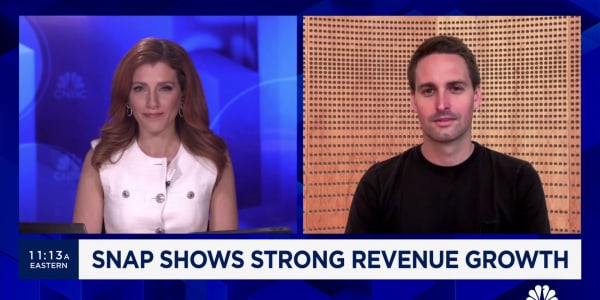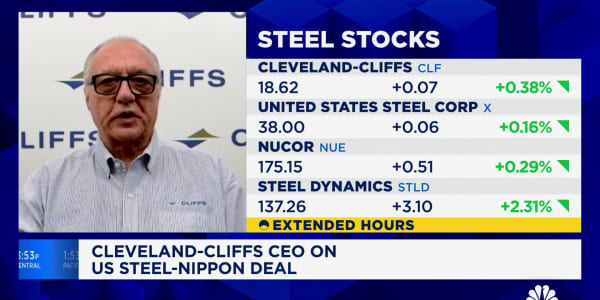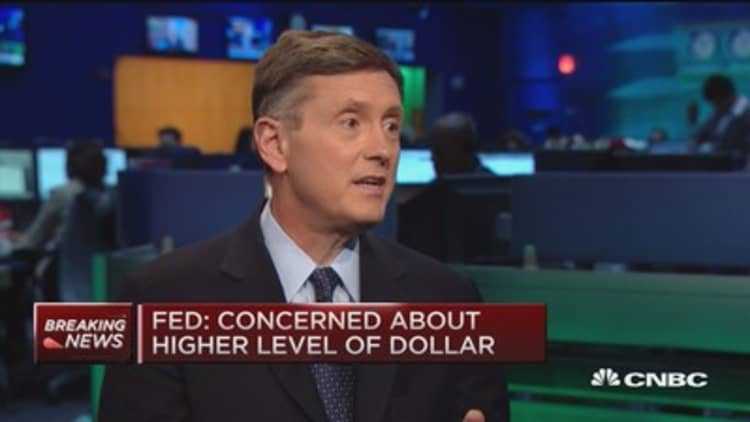
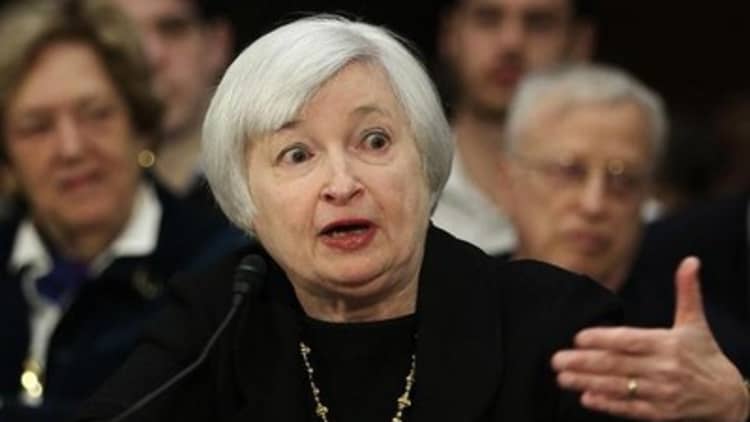
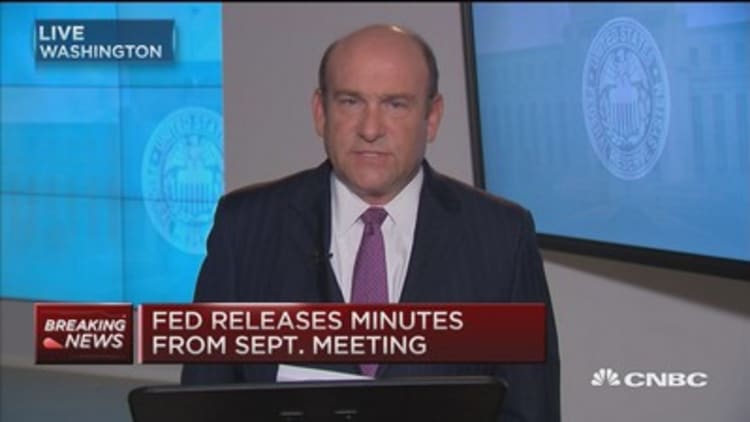
If there was any doubt about who's calling the shots in the ongoing love affair between the Federal Reserve and the market, deliberations from the most recent meeting helped clear things up.
The central bank is showing some serious deference to the folks making the financial world move.
show officials worried both over events as they were unfolding in the world, and market reaction to them.
Why is that such a big deal? Because Fed Chair Janet Yellen and her fellow FOMC member have indicated time and again that they will be "data dependent" when deciding the future path of monetary policy generally and interest rates in particular.
The data, it turns out, had been pretty good leading up to the meeting, at least in the eyes of Fed officials.
The labor market had "improved considerably," according to the minutes. Inflation remained below the Fed's target of 2 percent, but central bank officials largely agreed that "expectations would remain stable" despite the slump in commodity prices, and that deflation would not be a problem.
"They agreed that developments over the intermeeting period had not materially altered the Committee's economic outlook," the minutes stated. "Nevertheless, in part because of the risks to the outlook for economic activity and inflation, the Committee decided that it was prudent to wait for additional information confirming that the economic outlook had not deteriorated and bolstering members' confidence that inflation would gradually move up toward 2 percent over the medium term."
However, when it came to specifying just what would be needed to bolster that outlook, there was little to latch onto.
Read More Bernanke's legacy: A Fed that did too much?
What there seemed to be considerable discussion over, however, were market conditions.
"Over the intermeeting period, the concerns about global economic growth and turbulence in financial markets led to greater uncertainty among market participants about the likely timing of the start of the normalization of the stance of U.S. monetary policy," the minutes said.
U.S. stock market indexes "were quite volatile in late August and early September," while the "option-implied volatility," which is Fed-speak for the , or VIX, "reached levels last seen in 2011," the minutes said. Members also noted widening spreads in commercial mortgage-backed securities that coincided with "the increased volatility in broader financial markets."
Almost on cue, markets rallied after the dovish, market-centric minutes were released Thursday at 2 p.m. ET.
You won't always see this level of market dissection happen for a Fed tasked with assuring full employment and inflation stability, but these are no ordinary times.
Read More The Fed may be 'losing grip on market prices'
It's been a rough year since the Fed ended the third round of quantitative easing last October, with a rally this week finally bringing the above breakeven for the 12-month period. Bond yields remain low, with the benchmark 10-year Treasury note hovering around 2.1 percent, defying much of Wall Street's predictions for a leap higher this year.
Wall Street has been waiting all year for the Fed to pull the trigger on rates, but trading in fed funds futures indicates that's not going to happen anytime soon, no matter what the data say. Trading implies just a 5 percent chance for a hike in October, 38 percent in November and 47 percent in January. It's not until March 2016 that the market sees a better than even chance, with a 59 percent probability.
"Typically, the Fed has been the market's best friend," said Jeff Carbone, co-founder and managing partner of Cornerstone Financial Partners. "It's just a change now of instead of being the market's best friend, now they're good buddies."
History, however, still suggests the Fed will wait for the futures market to give its imprimatur before a hike happens.
Goldman Sachs studied previous instances of rate movements and found the Fed is often loathe to move before the funds market indicates, particularly when it comes to raising rates.
Economist Zach Pandl said 60 percent of previous increases were almost completely priced in before the Fed acted, while 90 percent of those increases were discounted at least 70 percent. Only six of the increases from a sample that goes back to 1990 had less than a 50 percent chance priced in.
Pandl noted that should the data improve, the funds market could follow suit. However, it's likely the market will be calling the shots as to whether the Fed finally does hike.
"Unless data provide definitive signals, we should expect some additional liftoff guidance in Fed officials' public comments," he wrote in a report for clients. "And without further guidance, modest market-implied odds at the time of the meeting would lower our own view on the chances of a December hike."




